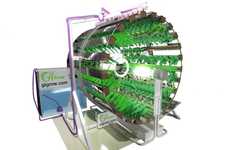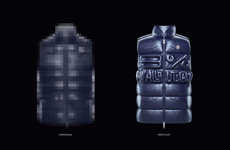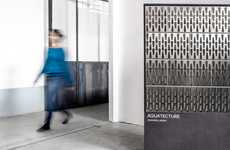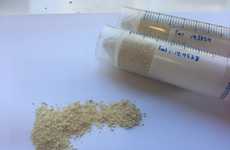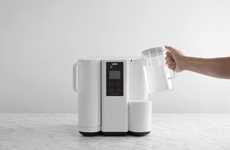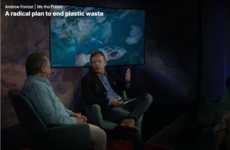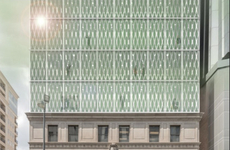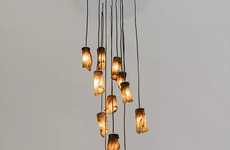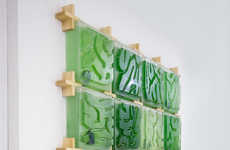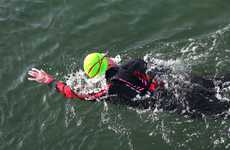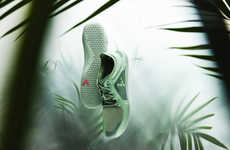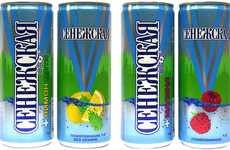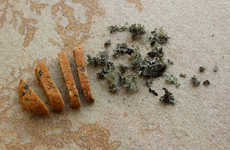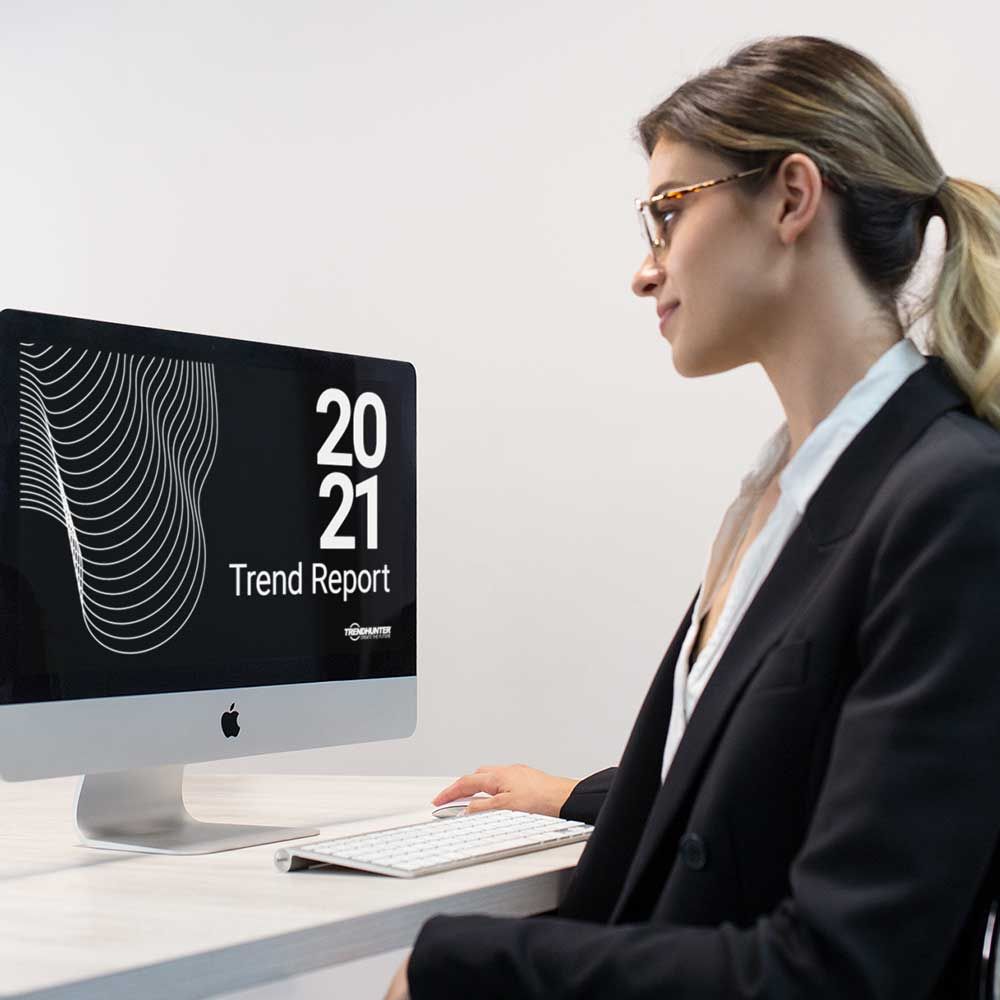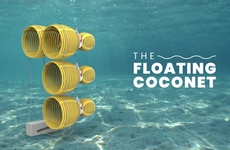
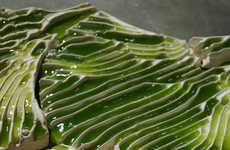
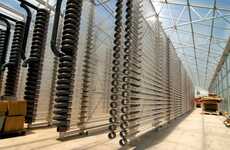
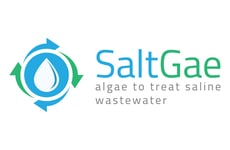
Designers are tapping biomimicry to address the problem of water pollution
Trend - Designers, companies, and cities are collaboratively working on water solutions and the onus here falls on biomimicry—a design process that harnesses nature-inspired concepts to address human problems. These projects are envisioned to clean water for consumption in areas where the resource is scarce or to remove plastic waste.
Insight - As the personal and global consequences of climate change intensify and become better known to consumers, individuals are seeking ways to adapt through the preservation and reuse of various resources. For many, addressing pollution takes precedence in this space. Consumers are wary of contributing negatively to the problem and as a result, they are looking for peace of mind by seeking out options that are effective and non-disruptive to the ecosystem.
Insight - As the personal and global consequences of climate change intensify and become better known to consumers, individuals are seeking ways to adapt through the preservation and reuse of various resources. For many, addressing pollution takes precedence in this space. Consumers are wary of contributing negatively to the problem and as a result, they are looking for peace of mind by seeking out options that are effective and non-disruptive to the ecosystem.
Workshop Question - How might you utilize biomimicry concepts in your product/service?
Trend Themes
1. Biomimicry in Water Solutions - Designers, companies, and cities are collaborating on water solutions using nature-inspired concepts like biomimicry to clean water and remove plastic waste.
2. Halotolerant Bacteria and Algae for Saline Water Treatment - Projects like SaltGae are exploring the potential of organic solutions using halotolerant bacteria and algae for saline water treatment, offering eco-friendly options that won't contribute further to pollution.
3. Anti-plastic Pollution Devices Using Biomimicry - The anti-plastic pollution movement is driving designers to solutions using biomimicry like the Floating Coconet, which captures plastic pollution in rivers before it enters oceans, mimicking the filtration of basking sharks and manta rays.
Industry Implications
1. Water Treatment - The water treatment industry can harness biomimicry to create efficient, eco-friendly solutions to address water pollution and scarcity.
2. Environmental Engineering - Environmental engineers can make use of organic and biomimicry-inspired solutions like halotolerant bacteria and algae to create saline water treatments that don't further contribute to pollution.
3. Sustainability - Sustainability-focused businesses can explore anti-plastic pollution devices that use biomimicry for solutions that reduce harm to aquatic environments.

